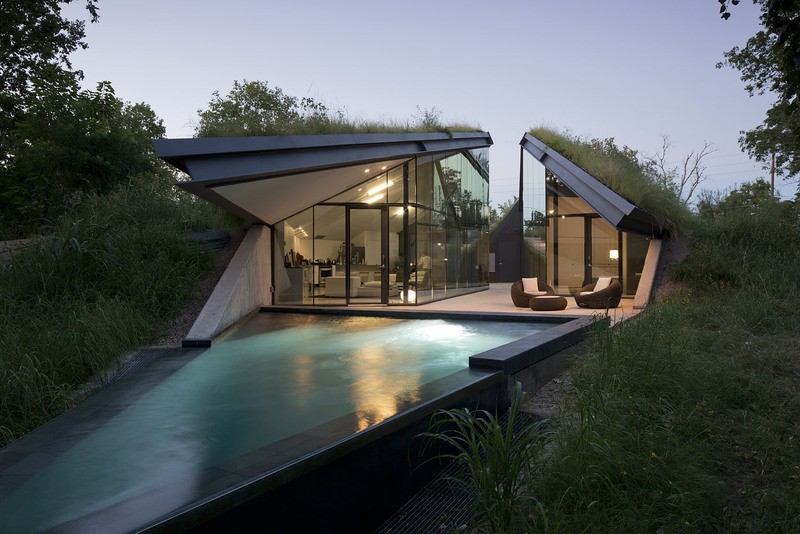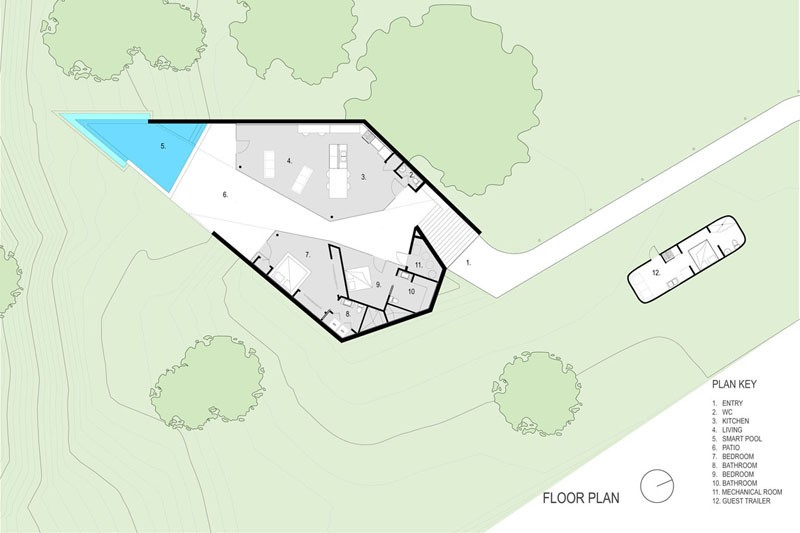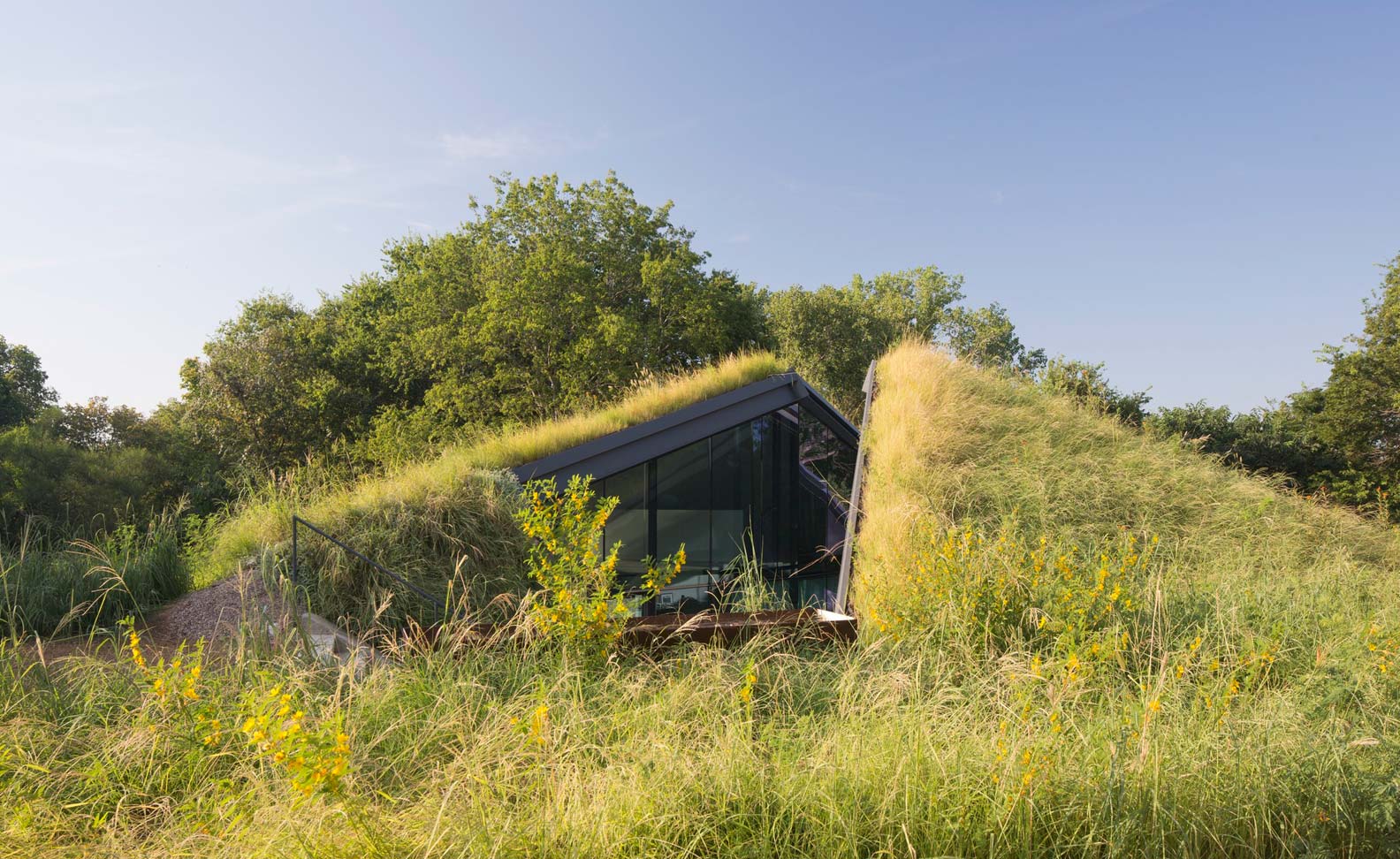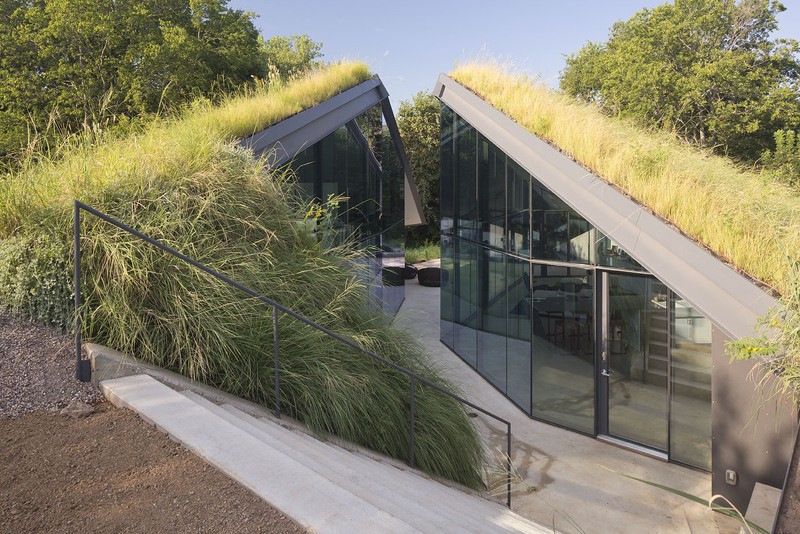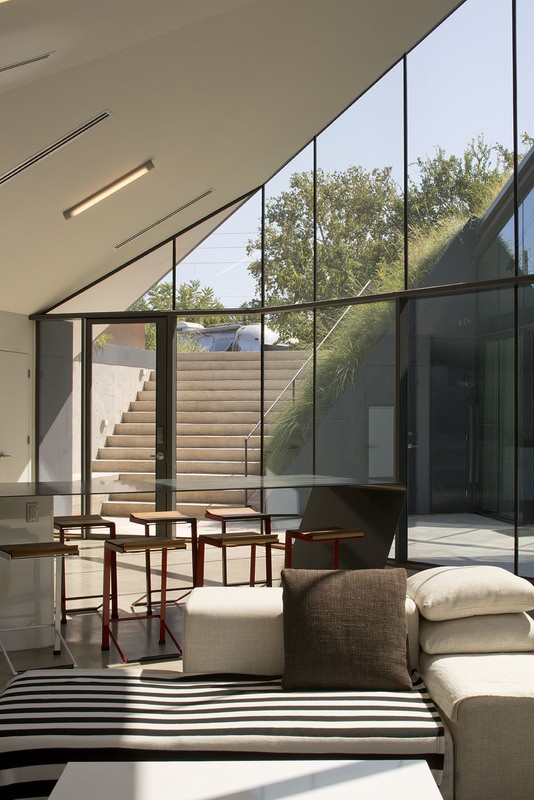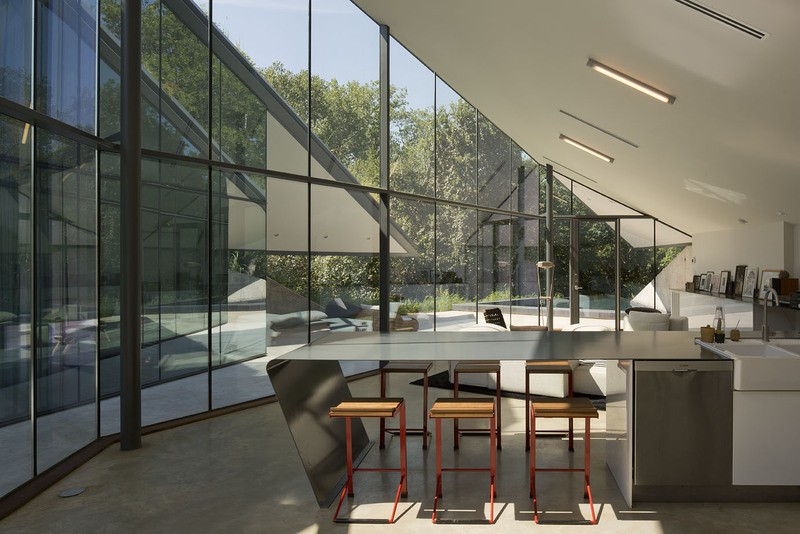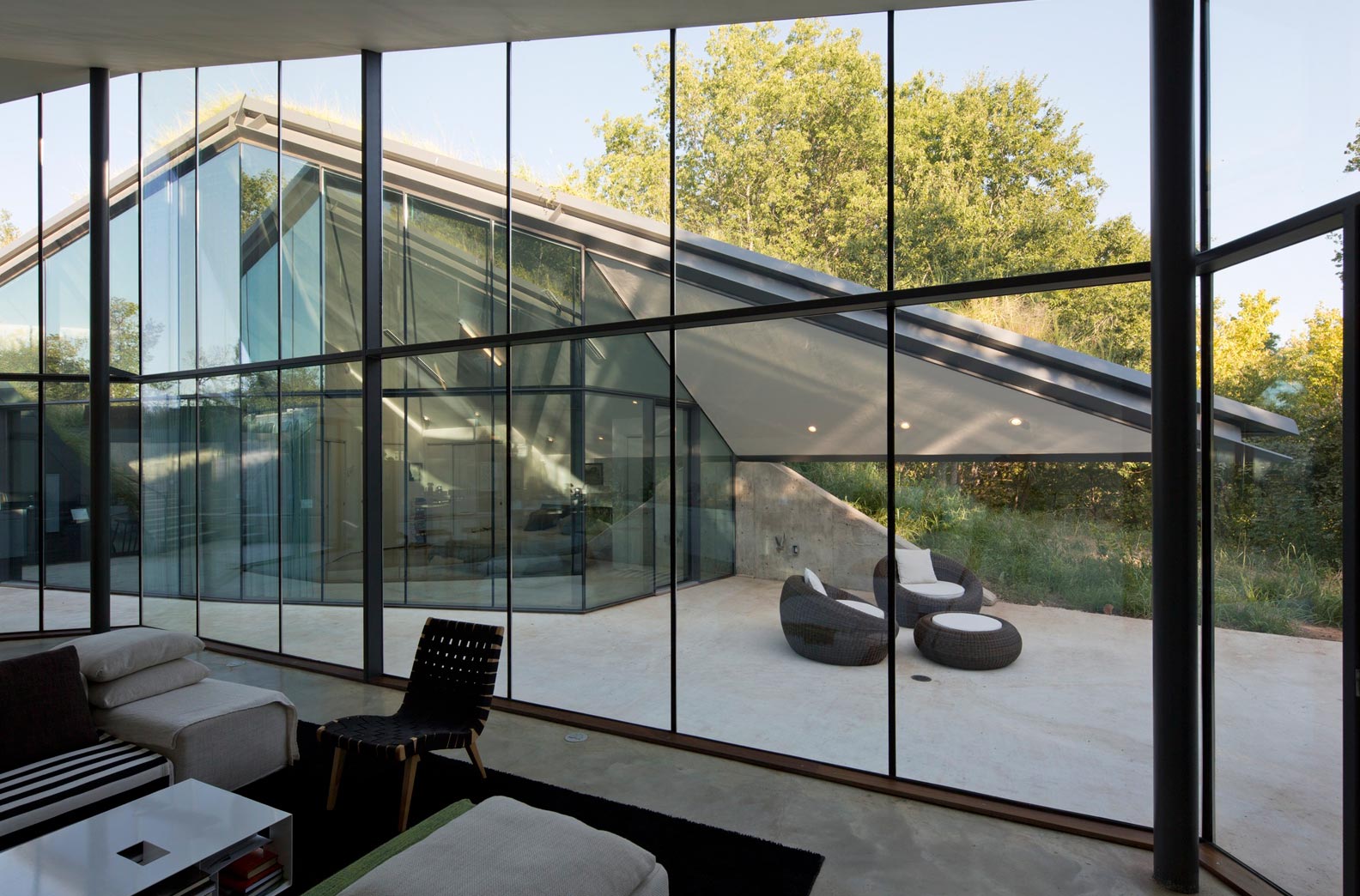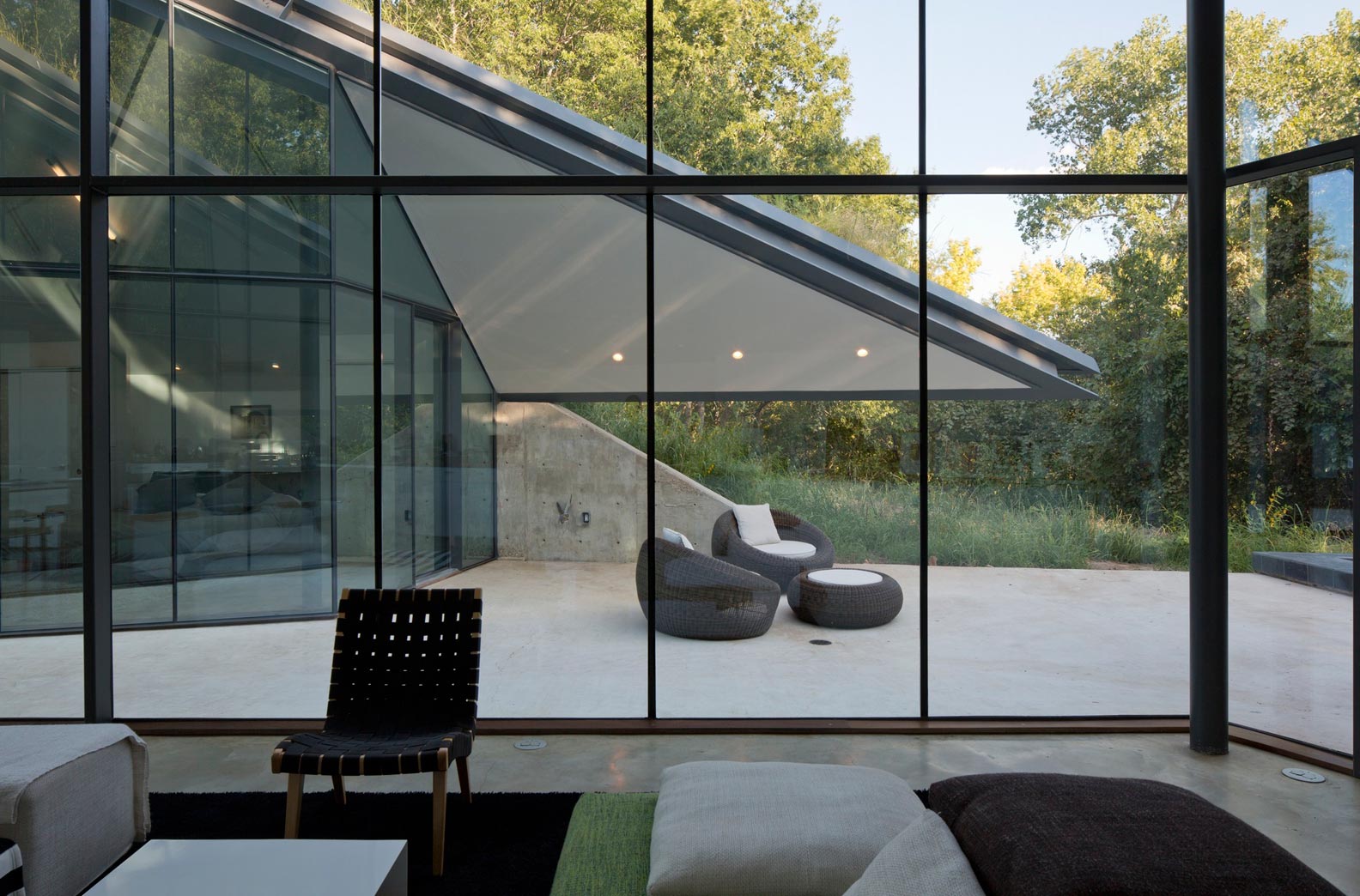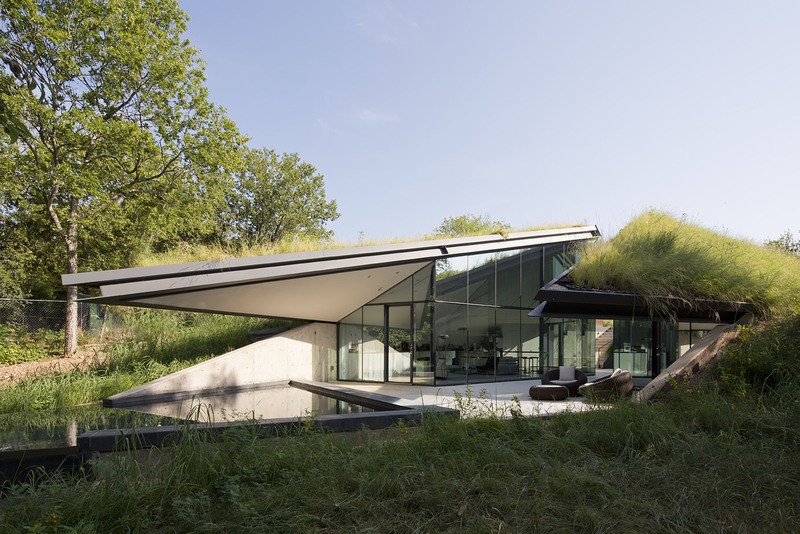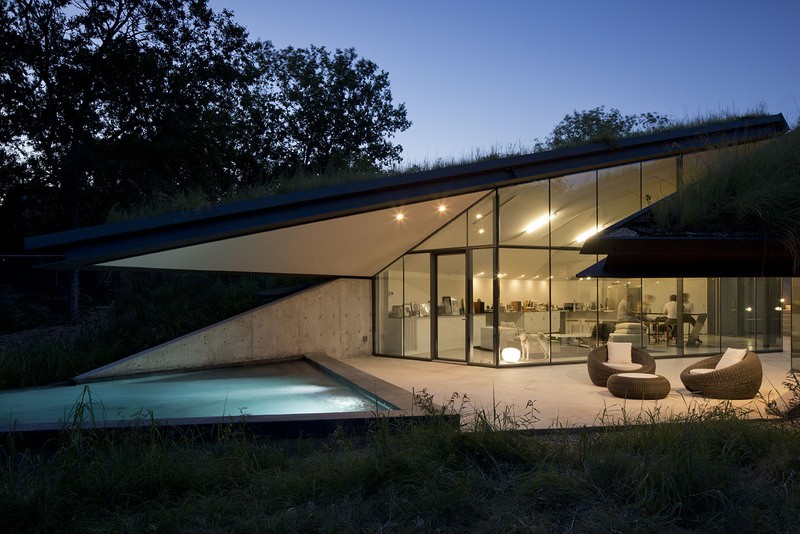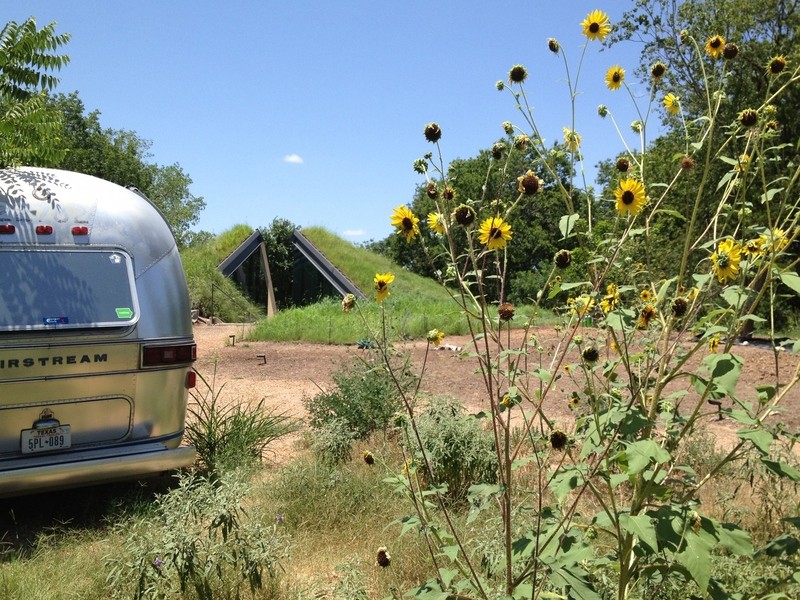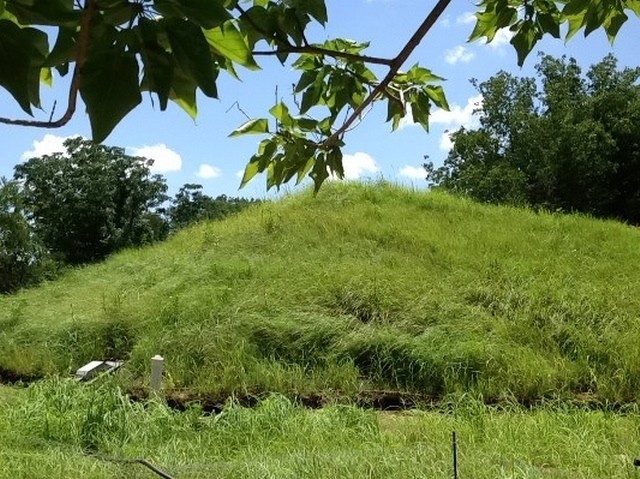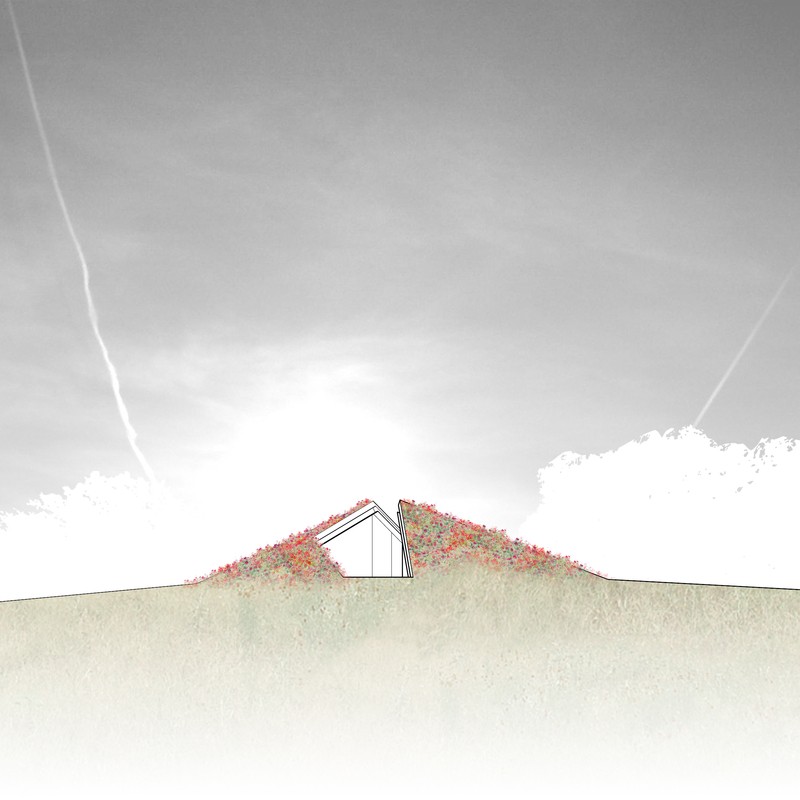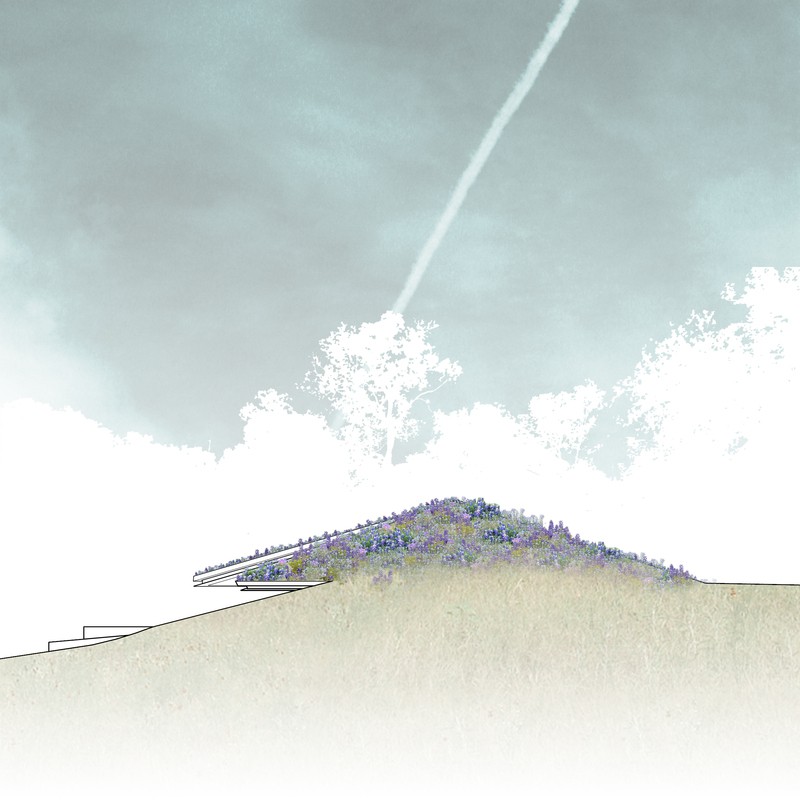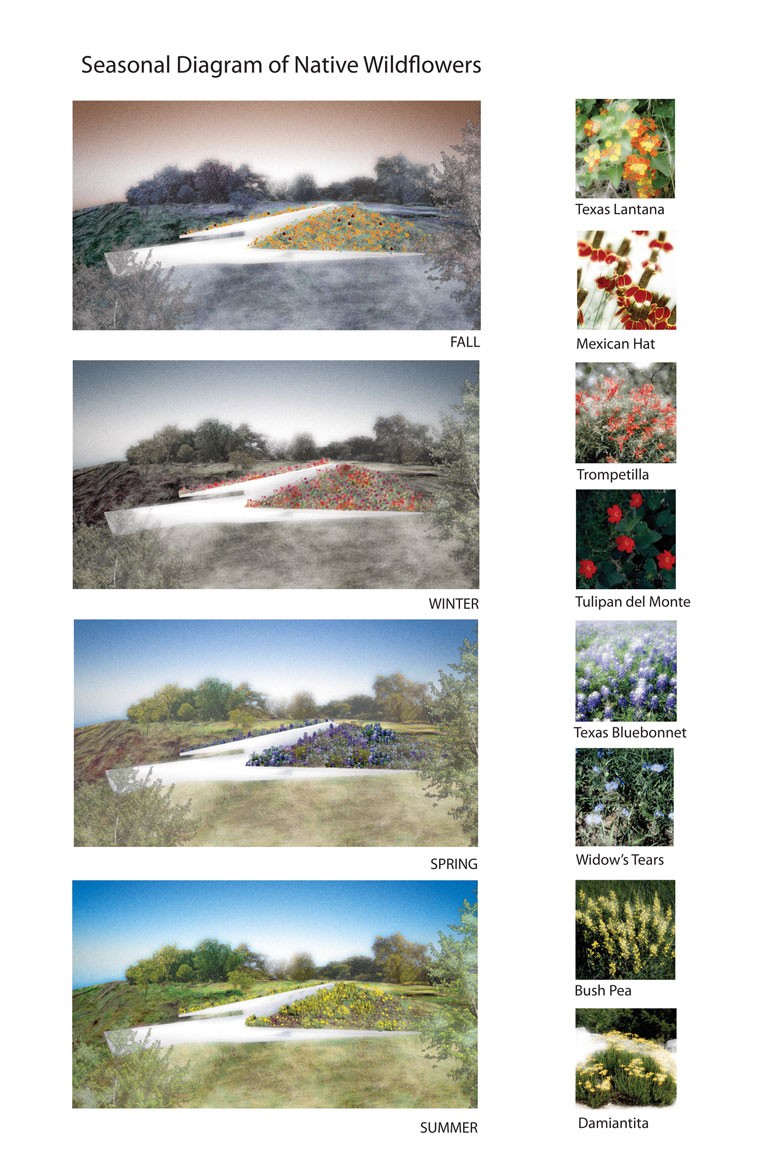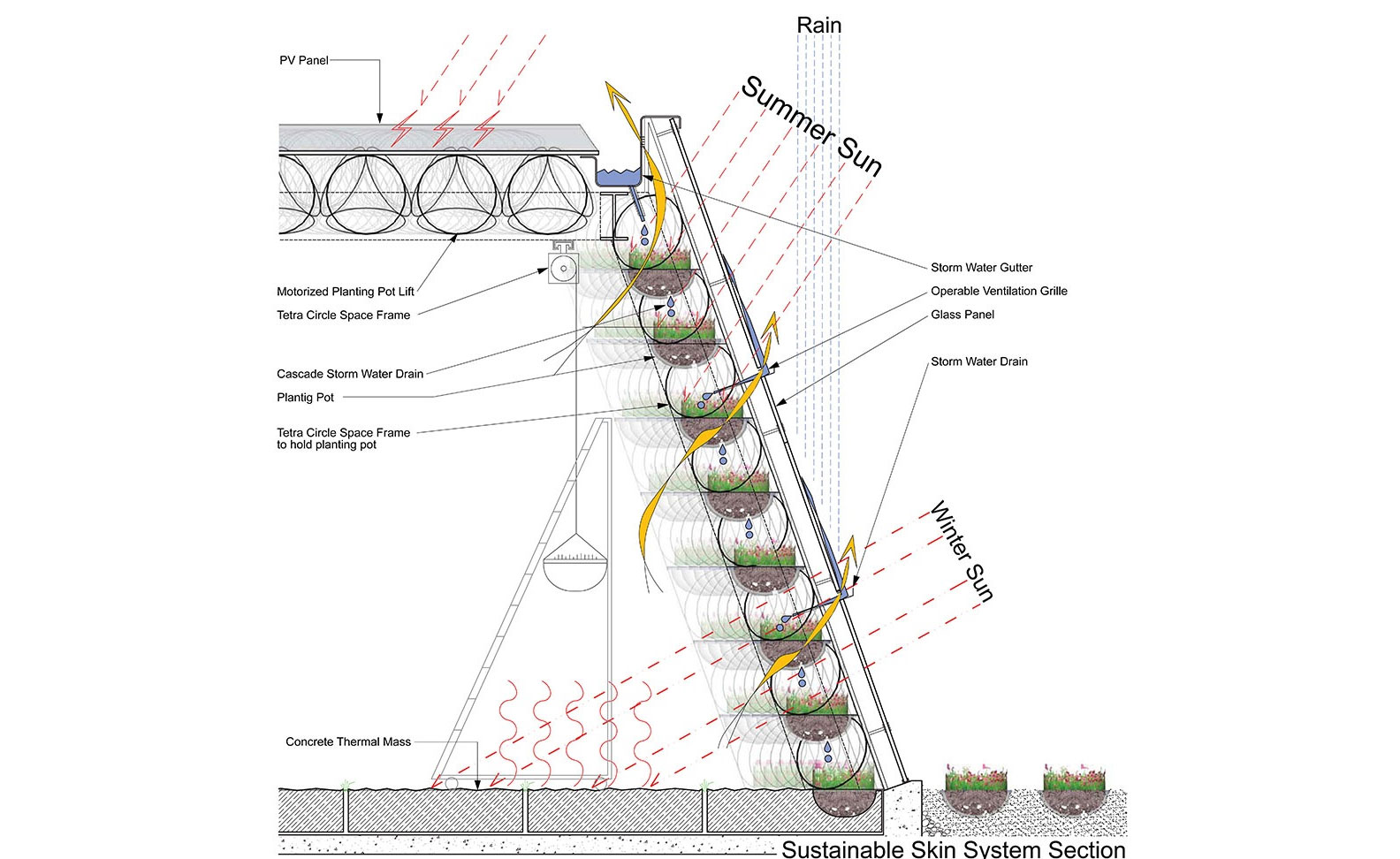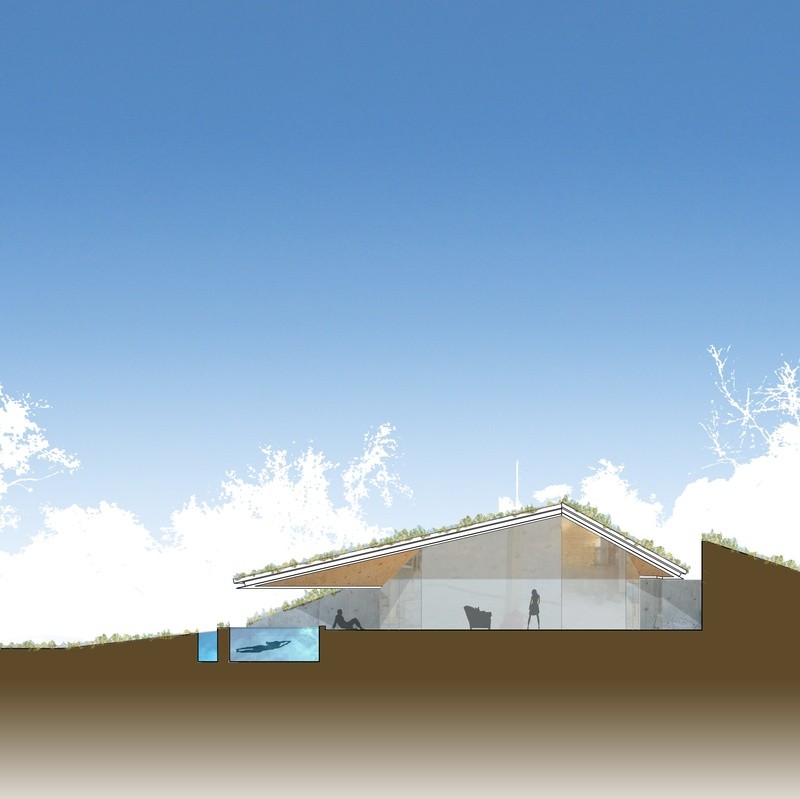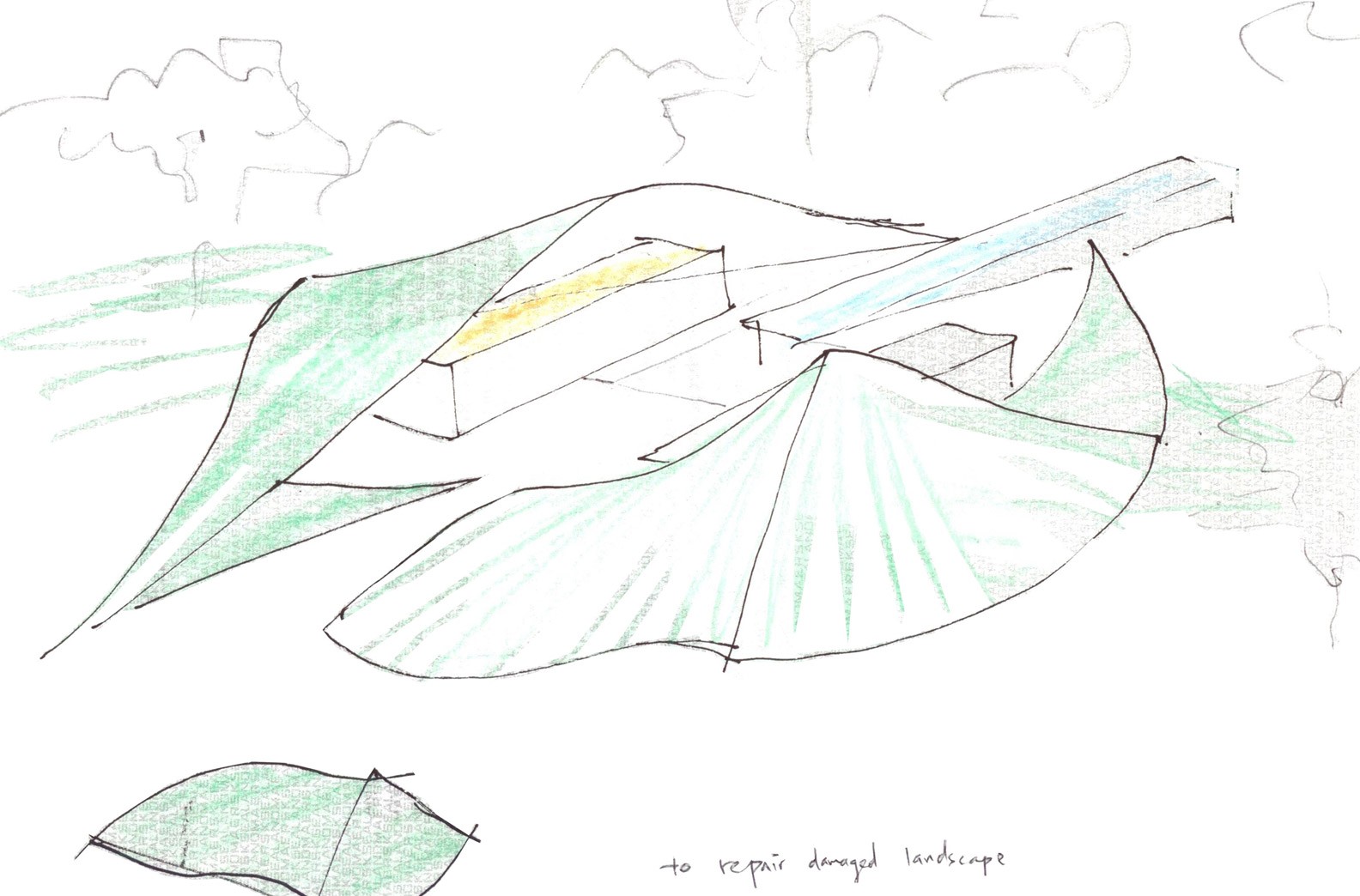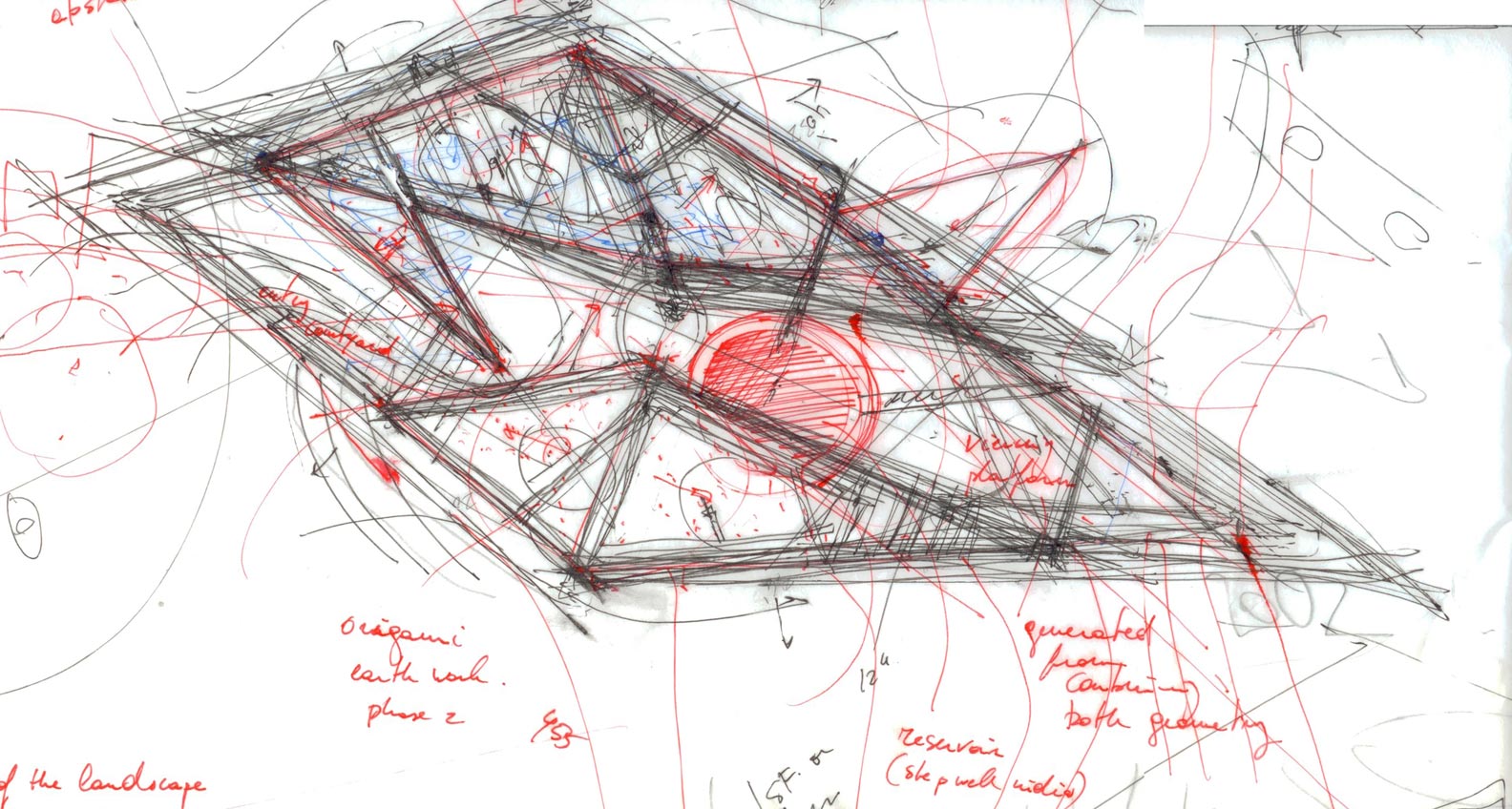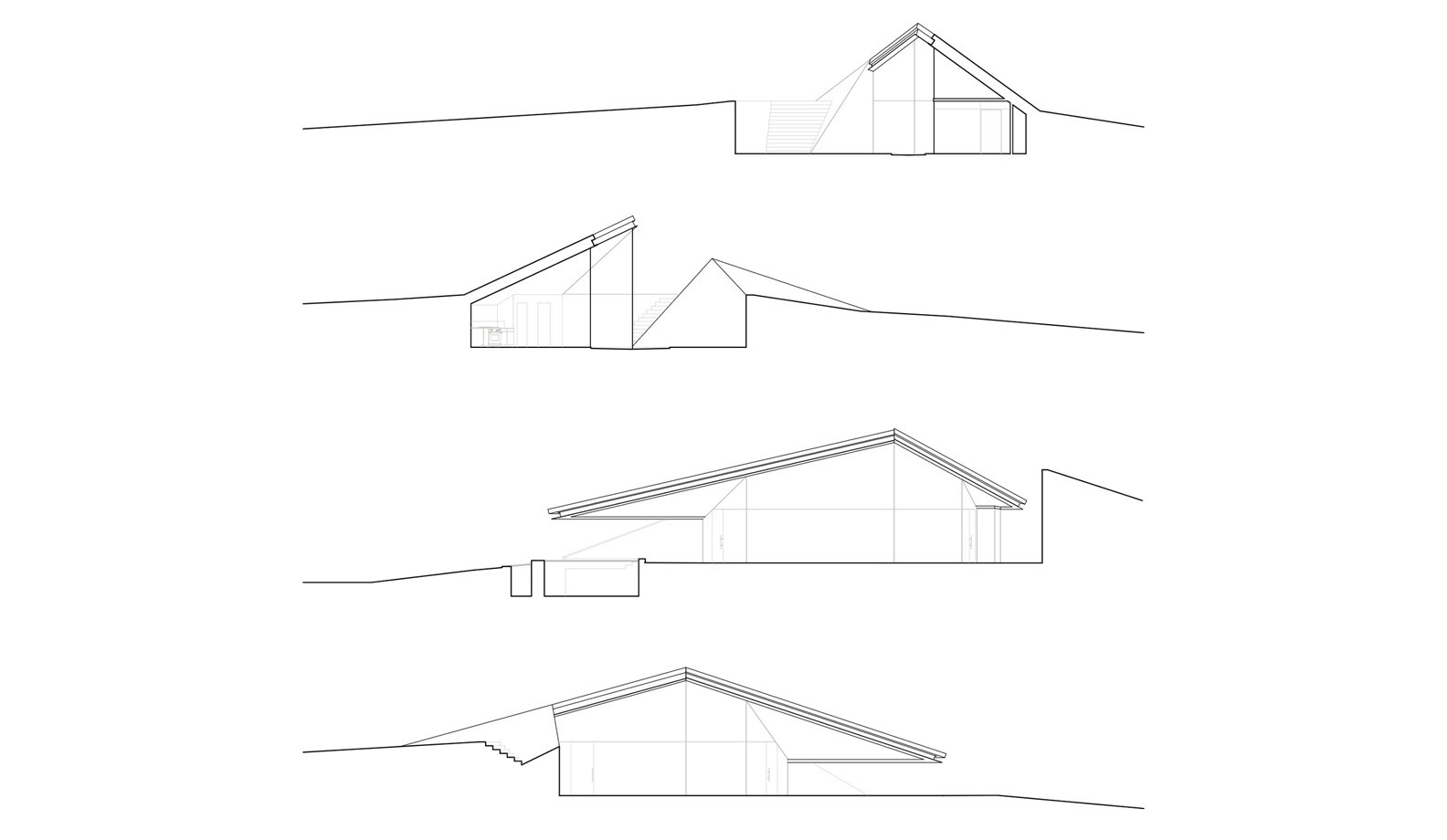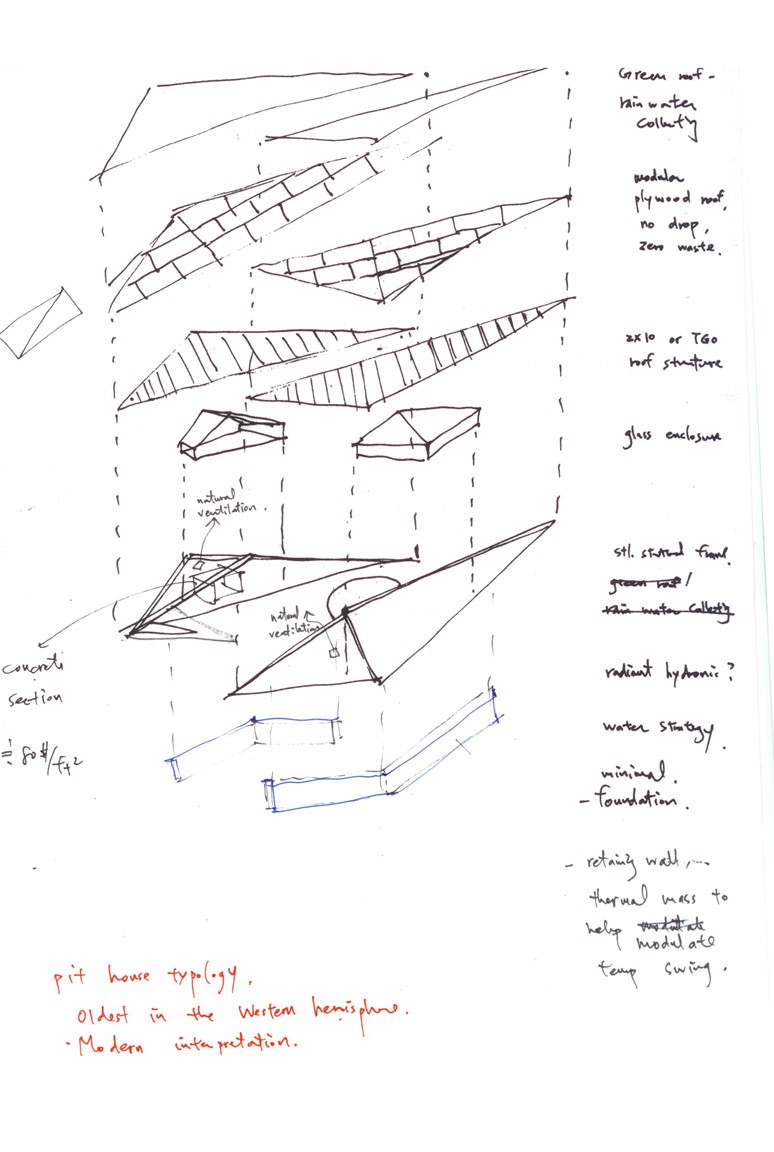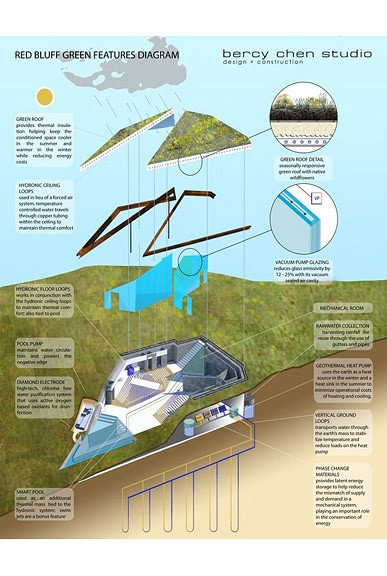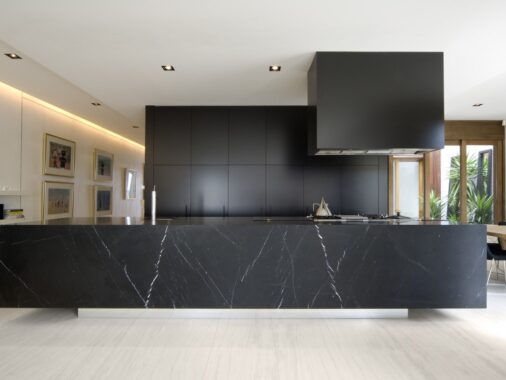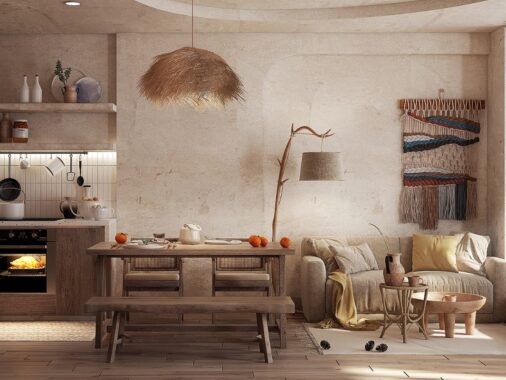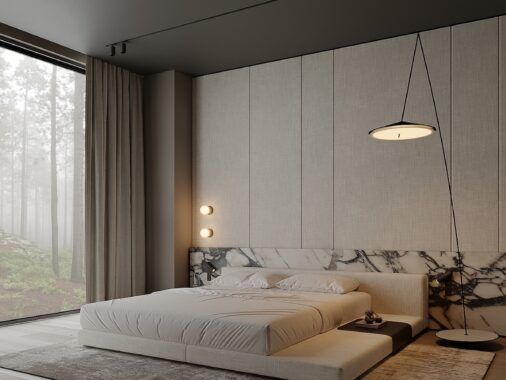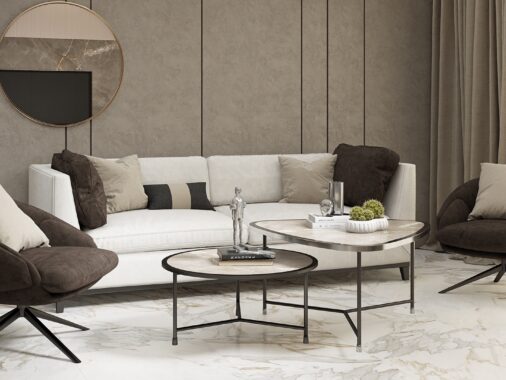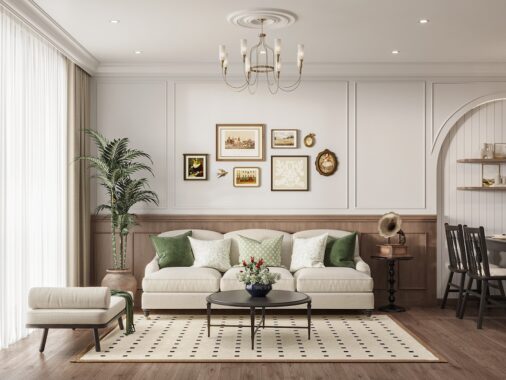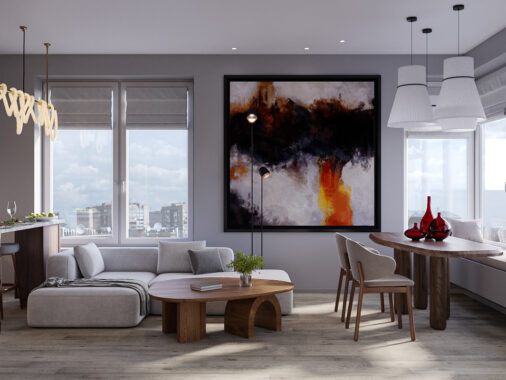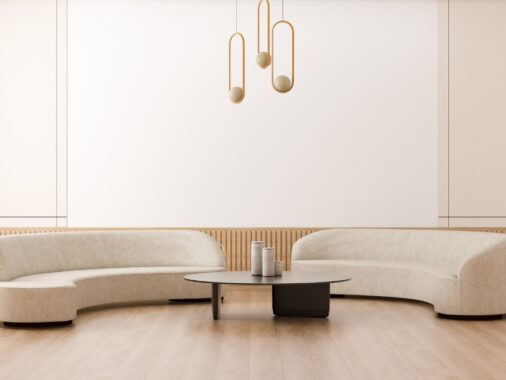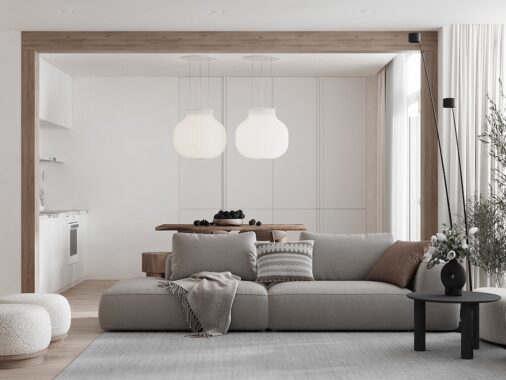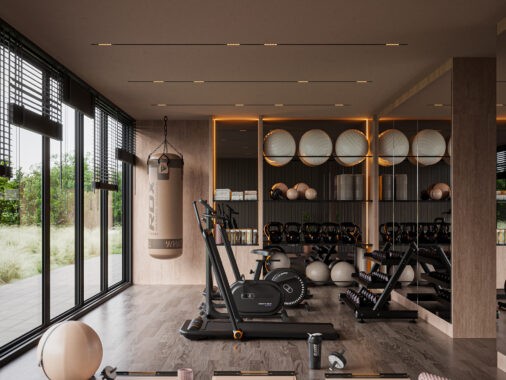If Zaha Hadid's 'Capital Hill,' created for Naomi Campbell and commissioned by Russian billionaire, Vladislav Doronin, is the Mothership then Bercy Chen Studio's 'Edgeland House,' overlooking the Colorado River is, at the very least, a Puddle Jumper. Though the size of the Edgeland House project is meager compared to Hadid's monster (or monstrosity as opinion dictates), they share an investment, not only in futuristic aesthetics, but eco-centric design. Edgeland's commitment to both its immediate environment and the planet is founded in ancient architectural ideology. Edgeland is a beautiful and highly sophisticated reconstruction of a Native American Pit-house.
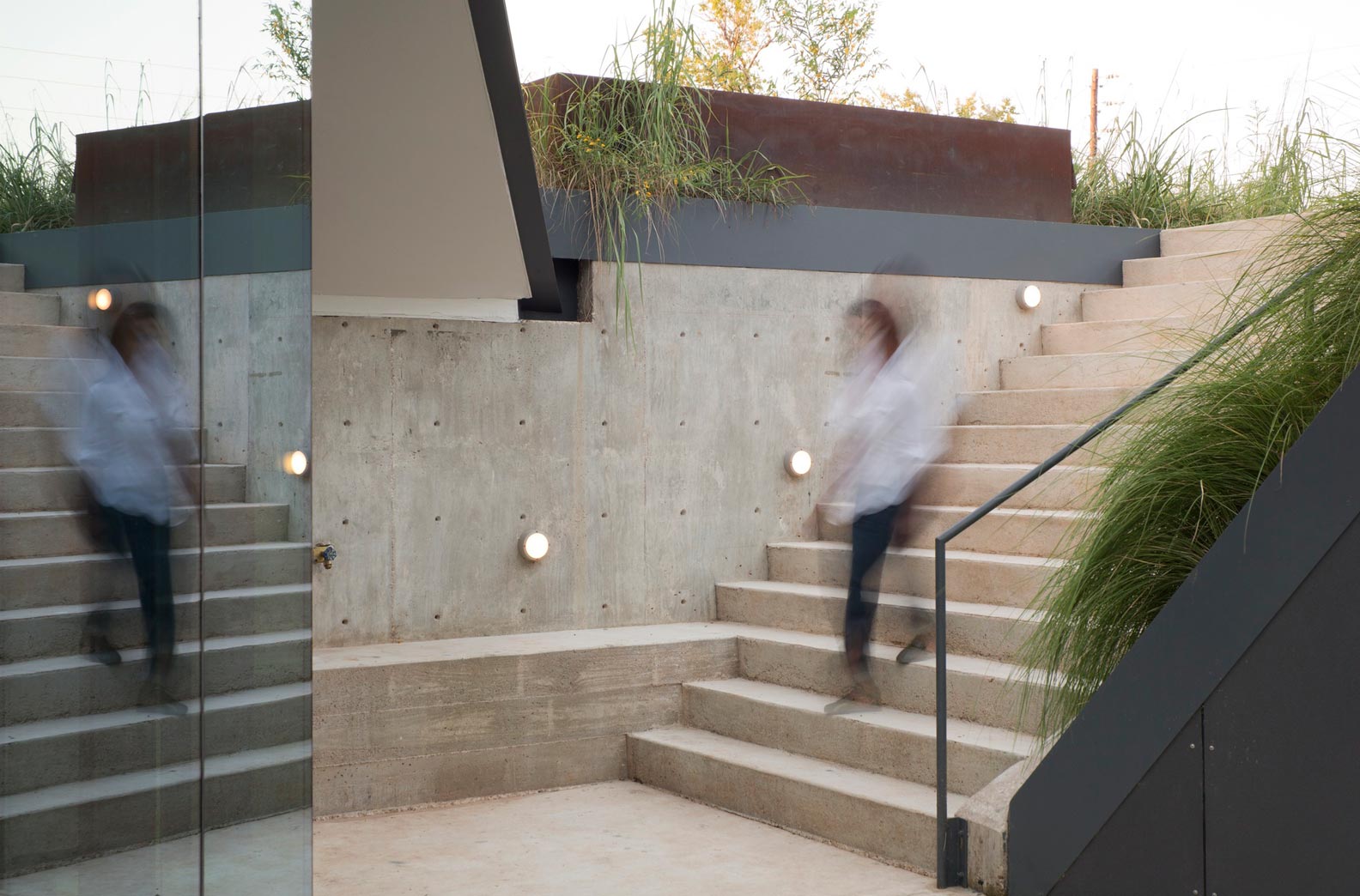
Pit-houses, partially buried into the landscape, rely on the surrounding earth to regulate temperature and bear the brunt of extreme weather conditions. Despite extensive discovery in the far North and Southwest, pit-housing is not endemic to North America, having been identified in the far South, Europe and Japan.
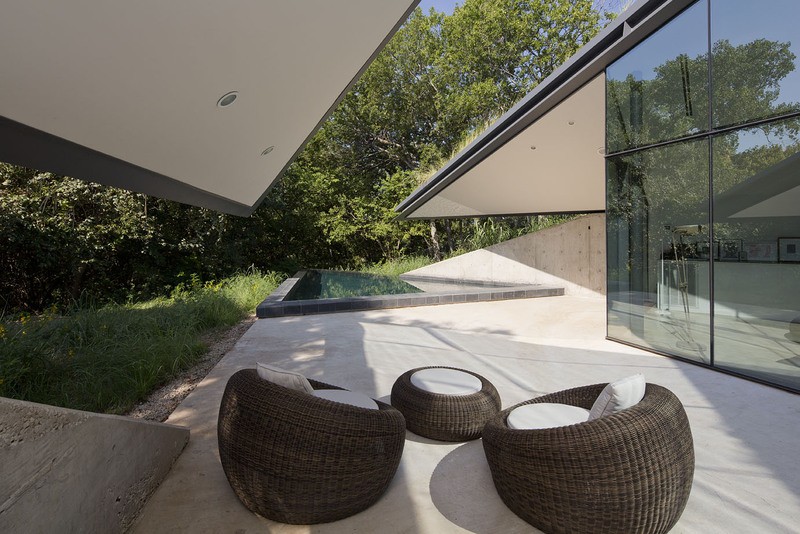
Edgeland marries remarkably complimentary ancient and modern attitudes through the introduction of initiatives such as turf insulation in its seasonally floral roof. At the construction's heart, beats a hydro/ mechanical epicenter in the form of a fully integrated HVAC system, which aids the natural heating, ventilation and air-conditioning of the design itself.
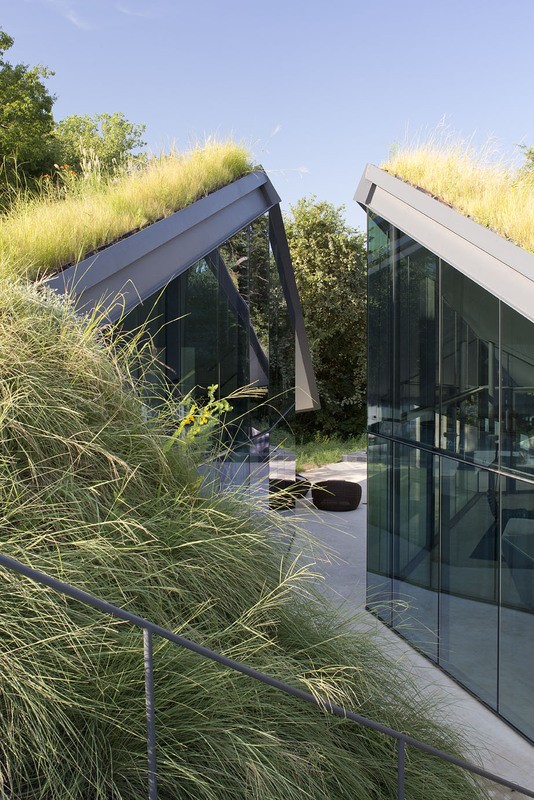
Edgeland stands in two independent living and sleeping quarters, necessitating direct contact with the outside world when passing between them, as opposed to the constant indirect contact facilitated by swathes of paneled glass.
